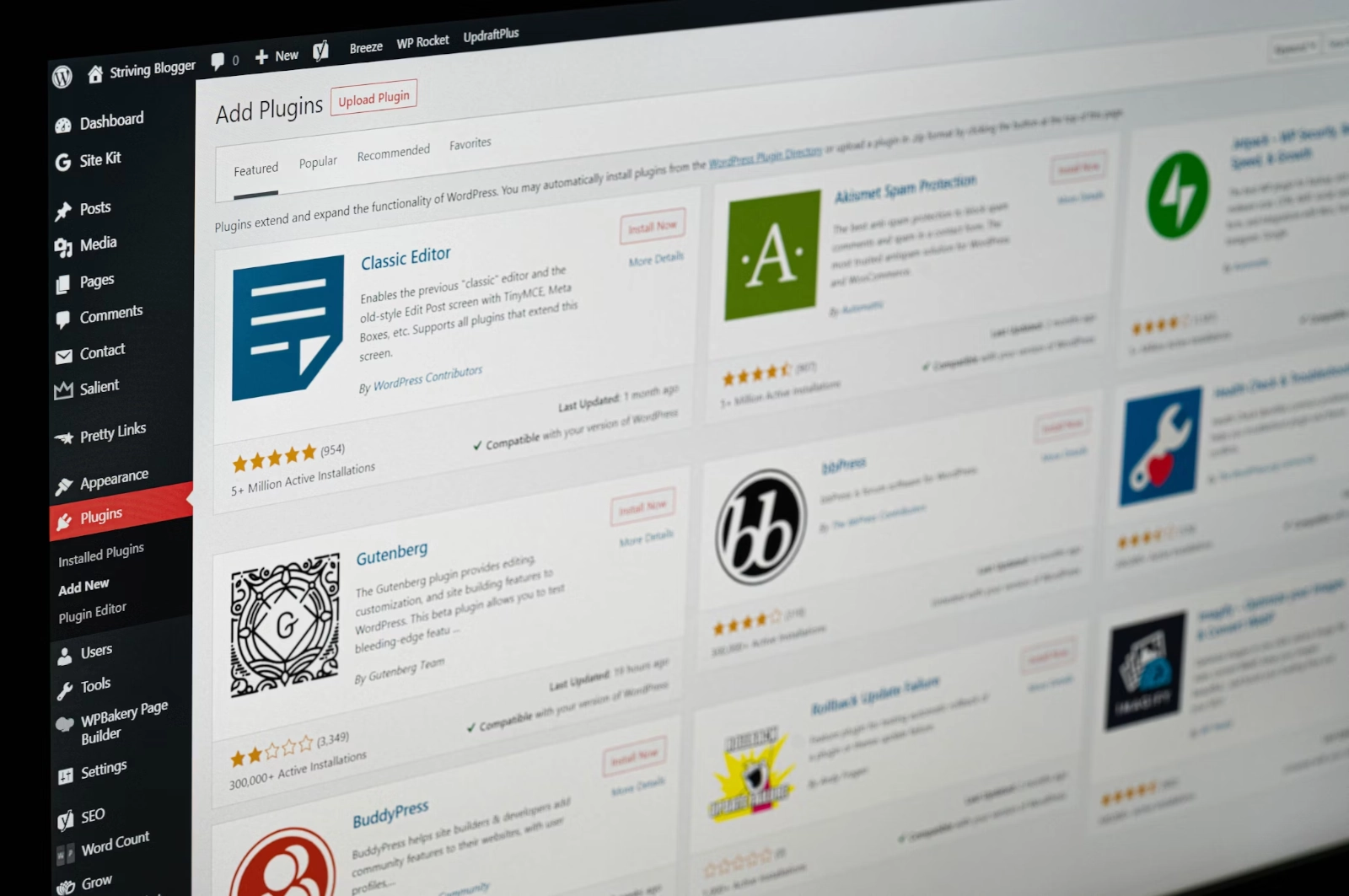

Migrating a WordPress site? Learn the key challenges like updating config files, SQL URLs, and media links. This guide helps you fix common errors step-by-step.
Migrating a WordPress website might sound like a simple copy-paste task, but anyone who's ever attempted it knows that it can quickly spiral into a technical headache. Whether you're moving from a local environment to a live server, from one hosting provider to another, or simply changing your domain name, there's a lot more going on under the hood than meets the eye.
In this article, we'll walk you through the key difficulties encountered during a WordPress migration — from updating configuration files and database connections to handling license keys and replacing URLs in the database. Let’s break it down.
The first roadblock usually comes when setting up the new environment. The core configuration file in WordPress is the wp-config.php file. It contains crucial settings such as:
1.1 Database name
1.2 Database username
1.3 Database password
1.4 Hostname
1.5 Security keys
After the migration, these credentials often change — especially when moving to a different server or hosting provider. A mismatch here can result in the dreaded “Error establishing a database connection” message.
Solution:
Update the following lines in wp-config.php with the new credentials:
define('DB_NAME', 'new_database_name');
define('DB_USER', 'new_db_user');
define('DB_PASSWORD', 'new_db_password');
define('DB_HOST', 'localhost'); // or the new host IP/domain
Even after updating wp-config.php, you might face issues if the database isn’t imported properly or if the user permissions aren’t configured correctly. Many hosts restrict access to certain users or IP ranges, which can complicate things further.
Pro Tip:
Ensure the new database user has all necessary privileges and that the database is correctly imported via tools like phpMyAdmin or command-line MySQL.
Some themes or plugins require a license key that is tied to a specific domain or server. After migration, these licenses may need to be revalidated or transferred.
Common Issues:
3.1 Plugin deactivation due to domain mismatch
3.2 Limited activations for a single license
3.3 Manual revalidation from developer's portal
Solution:
Check with the plugin or theme provider to understand their license migration process and update the key accordingly after moving.
When changing your domain name (e.g., from http://www.oldurl.com to http://www.newurl.com), you need to update all references in the database. This includes site URLs, media links, and internal links in posts and pages.
Here are the essential SQL queries for replacing URLs in the database:
4.1 UPDATE wp_options SET option_value = replace(option_value, 'http://www.oldurl', 'http://www.newurl') WHERE option_name = 'home' OR option_name = 'siteurl';
4.2 UPDATE wp_posts SET guid = replace(guid, 'http://www.oldurl', 'http://www.newurl');
4.3 UPDATE wp_posts SET post_content = replace(post_content, 'http://www.oldurl', 'http://www.newurl');
4.4 UPDATE wp_postmeta SET meta_value = replace(meta_value, 'http://www.oldurl', 'http://www.newurl');
Important Note:
Back up your database before running these queries! A small typo can corrupt your site.
Also, be cautious when updating the guid field — it’s generally intended to remain unchanged, but in cases of full domain changes, updating it can be helpful for consistency.
Once the URL replacement is complete, you’ll likely still face broken images and PDF download links. Why? Because media files might:
5.1 Still be pointing to the old URL in serialized data
5.2 Not have transferred correctly during file migration
5.3 Be cached or hotlinked from the old domain
How to Fix:
5.4 Re-check the /wp-content/uploads/ directory to ensure all files were copied
5.5 Use plugins like Better Search Replace to handle serialized data
5.6 Clear your browser and WordPress cache to ensure you're seeing the latest content
5.7 Test downloadable links (PDFs, docs) manually
After making all changes, it’s essential to thoroughly test your site. Check:
6.1 Homepage and internal page loads
6.2 Contact forms and interactive elements
6.3 Admin panel access
6.4 Plugin and theme functionality
6.5 Mobile responsiveness
Also, use tools like Broken Link Checker or browser extensions to identify and fix any remaining dead links.
Migrating a WordPress website isn’t just about moving files and databases — it’s a process filled with fine details that, if ignored, can lead to site downtime, broken links, or a poor user experience.
Here’s a quick checklist recap:
✅ Update wp-config.php with new DB credentials
✅ Import the database and ensure user permissions
✅ Revalidate plugin/theme licenses
✅ Run SQL queries to replace old URLs
✅ Verify media files and internal links
✅ Test all functionality thoroughly
With careful planning and execution, you can make your WordPress migration smooth and successful.
Need Help?
If the process feels overwhelming or you run into unexpected issues, consider using professional migration tools like All-in-One WP Migration, Duplicator, or hiring a WordPress expert.
(1) (0)
No comments